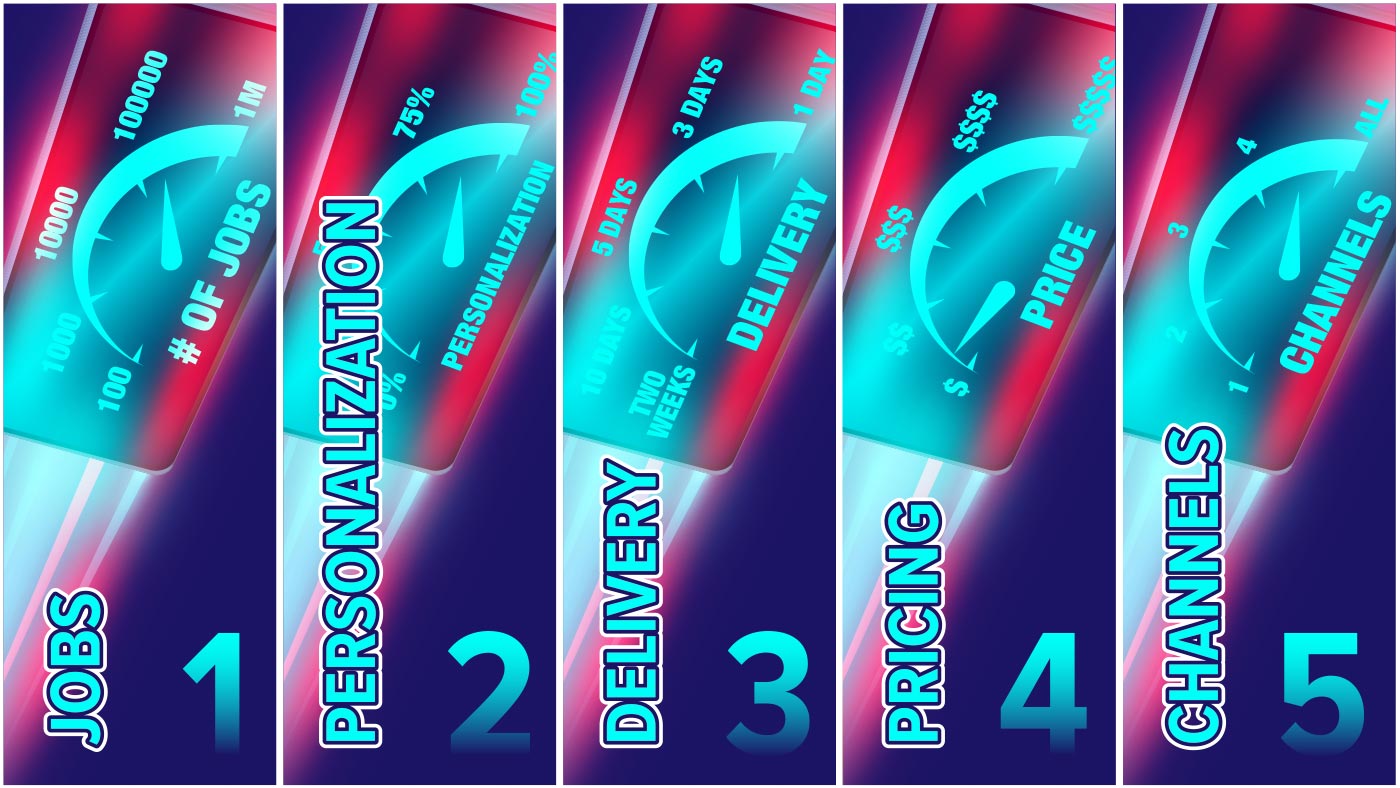
How Post-Composition for Production Print Drives Success: 5 Ways
Excerpt: Printers are on a mission to find better ways to win more business and operate more efficiently. Their experience from last year is driving a renewed energy across the printing industry as they embrace the continued variability of print markets and its impact on how print production environments receive, produce and deliver work.
About the author: Jonathan Malone-McGrew, edp, has literally grown up around PDF and the print and digital communications industries. In his early years, he watched his parents build a successful print software company … Read more

Printers are on a mission to find better ways to win more business and operate more efficiently. Their experience from last year is driving a renewed energy across the printing industry as they embrace the continued variability of print markets and its impact on how print production environments receive, produce and deliver work.

The bottom line is that the print industry continues to evolve—a notion confirmed in the latest market study from Madison Advisors (January 2021). Madison Advisors’ research focused on post-composition solutions for volume print production environments. Solimar Systems has been a major provider of these solutions for the last 30 years and we are proud to have been a part of this new market study. Why is post-composition important for the future success of volume print production industries? Madison Advisors puts it into context in their press release about the new study:
“Even if some of the functionality of a post-composition solution overlaps that of the core document composition solution(s), the cost-benefit of considering post-composition to address rapidly changing customer expectations more easily is worthy of serious consideration,” commented Madison Advisors. “We believe that to stay competitive, companies need to take a hard look at including post-composition into the workflow to support the ability to deliver highly personalized, efficient, cost-effective communications.”
This perspective from Madison Advisors dovetails positively into our experiences in the volume print production industries. It also rings true with our 30-member Customer Advisory Council made up of In-Plants, Direct Mail printers, and some of the largest Print Service Providers (PSPs). As Madison Advisors states, the need to deliver what print buyers and customers require is key to the value of post-composition in 2021.
We see 5 effective ways post-composition will help print production workflows handle more business, more efficiently. The ultimate result is more business success. Those 5 ways include:
- Handle a Larger Number of Smaller Quantity Orders
- Fulfill the Requirement for Personalization
- Meet the Demands for Fast Production and Delivery
- Enable Competitive Pricing
- Leverage All Destination Devices and Channels
Of course, that is just the tip of the post-composition and production printing iceberg; stay tuned for our coming blogs that will dive into each one of these areas a little deeper. To get started, I recommend that printers and digital communications providers take a look at their current processes, document them, and be able to identify where bottlenecks, slowdowns, and manual processes exist. This will be a crucial starting point for a journey to improve production environment processes, increase ROI, and open doors to increased business opportunities.


